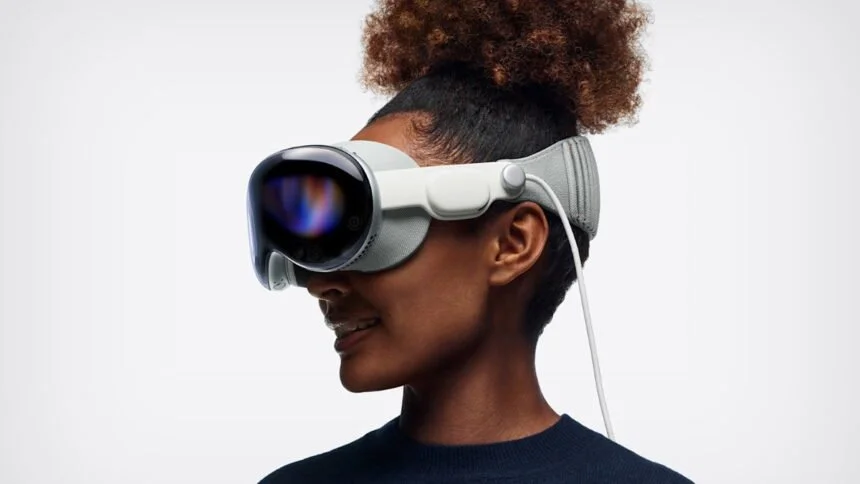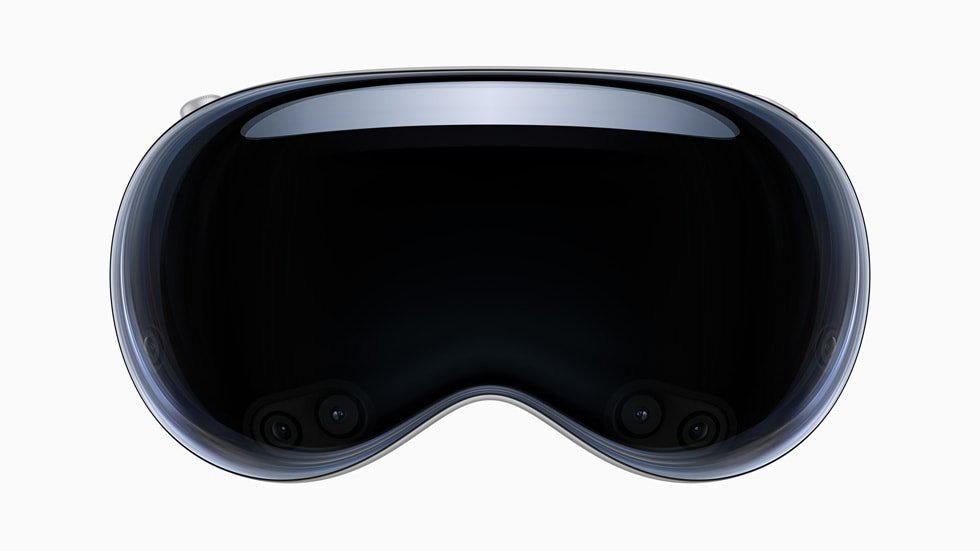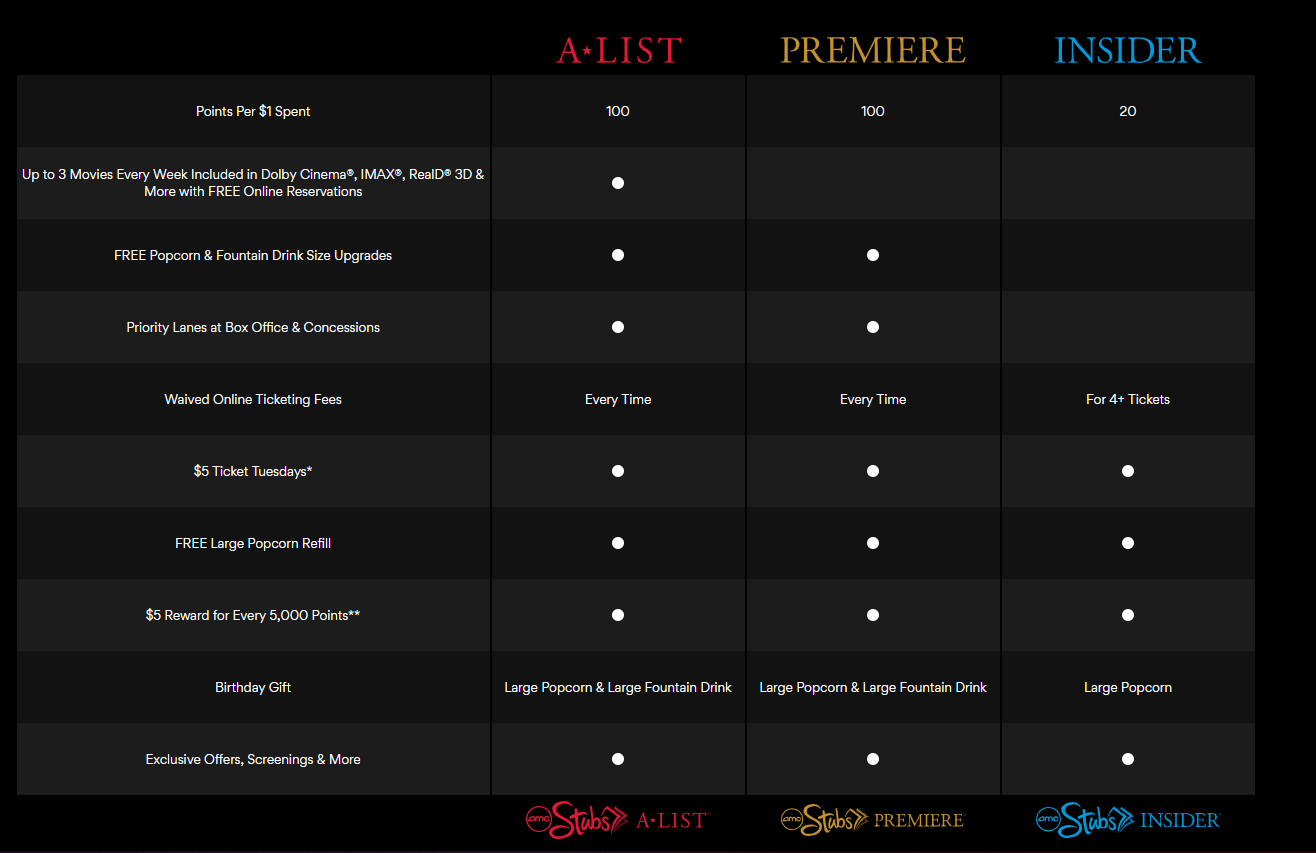By: Satya Aditya Bonepalli
arts organizations and cutting-edge technologies
The fields of virtual reality (VR), augmented reality (AR), and mixed reality (MR) have seen significant growth and innovation in recent years, with several companies leading the charge. Some of the top companies in this space include Apple, Meta (formerly Facebook), Nvidia, Microsoft, and Sony. These companies are developing cutting-edge technologies and applications that enable users to interact with virtual objects, environments, and other people in previously unimaginable ways.
VR, AR, and MR technologies have the potential to directly benefit art organizations by offering new ways to create, experience, and engage with art. These technologies can create immersive art experiences, enhance visitor engagement in museums and galleries, provide interactive exhibits, enable powerful artistic storytelling, and reduce costs associated with physical exhibitions. As VR, AR, and MR technologies continue to advance, art organizations can leverage them to create immersive experiences, enhance collaboration, and engage with audiences in new and exciting ways, revolutionizing the way art is created, experienced, and engaged with.
apple vision pro: apple’s mixed reality headset
Apple Vision Pro is a mixed reality headset developed by Apple Inc. that was announced on June 5, 2023, at Apple's Worldwide Developers Conference. The device is designed to seamlessly blend digital content with the physical space, creating an immersive experience that is unlike anything created before. Apple Vision Pro is the result of decades of experience designing high-performance, mobile, and wearable devices, culminating in the most ambitious product Apple has ever created.
The headset's development experienced a period of uncertainty with the departure of Jony Ive in 2019, but the senior engineering manager Geoff Stahl led the development of its visionOS operating system, after previously working on games and graphics technology at Apple. A considerable number of technologically adept audiences were transfixed by the price tag that came along with the device. From a vantage point, the pricing strategy is predicated upon a multitude of factors, encompassing the expenses incurred in research and development (R&D), the utilization of top-tier components, and the incorporation of innovative features within the device.
Apple made substantial investments in R&D, filing over 5,000 patents for their groundbreaking technology, a substantial contributing factor to the device's elevated price point. Experts have expressed positive opinions about the Apple Vision Pro, with some considering it a revolutionary device in the field of spatial computing and the future of work. Ben Thompson, a technology analyst and founder of Stratechery, has used the Apple Vision Pro and found the experience extraordinary, stating that it exceeded his high expectations. He believes that the device is technically a VR device that experientially is an AR device, and once experienced, it's hard to believe there was ever any other possible approach to the general concept of computerized glasses. However, Thompson also mentions that the device may not be able to replace the Mac, as it serves a different purpose.
The device boasts a custom micro-OLED display system, boasting an impressive 23 million pixels, thereby affording each eye a resolution exceeding 4K. These displays stand as the most expensive hardware component, accounting for 35 percent of the device's total cost. The deployment of OLED microdisplays, fabricated on silicon wafers, further contributes to the device's overall cost, given that this technology has hitherto been produced in small quantities.
appealing features
Some of the high-end components and technical details that justify the $3,499 price include:
Micro-OLED displays: As previously mentioned, this device features a pair of micro-OLED displays with 23 million pixels each, providing more pixels than a 4K TV for each eye. Micro-OLED technology, a derivative of the OLED paradigm, is distinguished by its ability to deliver exceptional resolution and pixel density, rendering it supremely suitable for the creation of immersive virtual reality experiences. These displays are manufactured by Sony for the initial version of the device. The use of micro-OLED displays in the Vision Pro contributes to its high price, with the estimated cost for two micro-OLED displays, one for each eye, being approximately $700, accounting for nearly half of the manufacturing expenses for the device. Apple's choice to use micro-OLED displays in the Vision Pro demonstrates its commitment to providing a high-quality, immersive experience for users.
Apple Silicon chip: This device harnesses the capabilities of a distinctive dual-chip architecture, incorporating the formidable Apple M2 chip alongside a dedicated component known as the R1 chip. This combination of high-performance processors enables the Vision Pro to deliver unparalleled processing power for spatial computing experiences. The integration of this chip duo guarantees users a seamless and immersive virtual reality experience. The chip's efficient power consumption and advanced processing capabilities enable the device to handle complex tasks, such as real-time rendering and spatial audio, while maintaining optimal performance and battery life.
3D camera: The device is equipped with an external camera and users can easily capture 3D content by tapping on the top button of the headset. These spatial videos and photos offer incredible depth and can be expanded and zoomed in, providing a more immersive viewing experience. This innovative 3D camera functionality sets Apple Vision Pro apart from other devices and enhances its value for users looking to capture and relive their memories in a more immersive way. This is a step ahead of Go Pro Hero 12, which captures in a 2D format. Go Pro Hero 12 is targeted towards consumers who expect a shockproof experience which contradicts Apple’s products that are sensitive beyond an extent.
Integration with Apple's ecosystem: Apple Vision Pro's integration with Apple's ecosystem is a key factor in its value proposition for users. The device seamlessly connects with other Apple products, such as the iPhone, iPad, MacBook, and Apple TV, enhancing the overall user experience. This integration allows users to access and sync their photos, messages, and apps across multiple devices, making it easier to manage and interact with their content. The Apple ecosystem's cohesion, simplicity, and user-friendliness have contributed to the brand's loyalty, low churn and success. Once a user invests in the ecosystem, it becomes more challenging to switch to a different platform.
comparing to the competitors
Apple Vision Pro's integration with FaceTime and its digital persona feature set it apart from Meta Quest 3, which focuses more on gaming and social experiences. The Apple Vision Pro allows users to create a dynamic and natural representation of their face and hand movements during FaceTime, resulting in more realistic video calls while wearing the device. In comparison, Meta Quest 3 prioritizes gaming and social interactions, offering a different set of features and experiences. While both devices aim to provide immersive experiences, Apple Vision Pro's focus on digital persona integration with FaceTime sets it apart in terms of communication and collaboration capabilities.
This feature has the potential to disrupt facial motion capture technology by getting rid of the need to track facial features using dots, a helmet, a hanging camera in the front, or a technician. The digital persona is created by scanning the user's face with the front camera on the Vision Pro headset, using advanced machine learning to create a photorealistic avatar. The integration of the digital persona with FaceTime provides a more realistic video call experience, as the avatar can track the user's face and hand movements in real-time, resulting in more natural-looking conversations.
The immersive cinematic experience offered by the Apple Vision Pro empowers users to expand their content consumption into a realm that closely resembles a personalized theater, enriched by the addition of spatial audio. Apple might explore the possibility of introducing a feature, one that enables users to collectively watch movies with other digital personas within virtual reality environments. This innovation if it occurs as an update, might represent Apple's initial step towards advancing its presence in the metaverse and facilitating a convergence between the virtual and augmented reality realms. This feature could potentially exert a profound influence on how streamers, both subscription video-on-demand (SVODs), and advertisement-based video-on-demand (AVODs), as well as studios, approach the creation, distribution, and acquisition of content. It might catalyze a shift towards producing and offering content that is compatible with the Micro OLED display and the immersive capabilities of the Apple Vision Pro's theater feature, thereby redefining the landscape of digital entertainment. Monetizing such a feature might increase an existing user’s lifetime value and retention rate due to the network effect.
Digital persona users interacting with each other may not significantly impact traditional theater distribution in the long run, but it does present a promising opportunity for Apple TV subscriptions to thrive. Initially, one’s initial reaction may tend to view consumers as winners while casting distributors as potential losers upon the product's launch. However, the affordability factor is a pivotal consideration in this equation.
For context, AMC A-list currently carries a monthly cost of $19.95/month (+tax), offering subscribers the luxury of watching up to three movies per week at any nearby AMC theater, along with a few supplementary benefits. In an year, this amounts to approximately $240. It becomes apparent that at this rate, it takes 14 years of consistently viewing 3 movies per week to match the expenditure incurred in procuring the Apple Vision Pro device solely for the immersive cinema experience it offers. From a cost-benefit perspective, an individual's purchase of this device may seem unnecessary for this specific purpose.
Other companies, particularly those catering primarily to lower-economy countries, might manufacture similar devices and offer them at a more budget-friendly price point while retaining the coveted interactive feature. Boat, an Indian gadget company has a history of launching devices that mimic Apple, right after Apple launches a new device, and is very successful in distributing the product to almost every store while generating optimum financial outcomes through sales to the target audience. If Boat chooses to launch a similar VR and AR device, the consumers can occasionally indulge in the immersive cinema experience due to the affordability factor. However, the equation is not solely dictated by cost but also hinges on comfort and convenience.
There might be an increase in churn if the user faces an issue with comfort and convenience. The comfort and user experience that Apple Vision Pro guarantees could continue to set it apart from competitors, potentially making it the preferred choice for those seeking a premium product and hassle-free immersive cinematic experience. In the near future, Apple might announce an SE model to capture consumers with different needs by adjusting the device's features accordingly and adding a lower price tag. It’s important to note that Apple Vision Pro is not targeted at the mass market, but rather at users who are willing to pay a premium for cutting-edge technology and a high-quality mixed reality experience. This product will create a network effect, but the viral expansion loop might occur in the long run unless Apple’s competitors come up with a similar product in a lower price range. In the evolving landscape of entertainment technology, factors like affordability, comfort, and user experience act as key performance indicators while increasing the scalability of a product/service.
-
https://www.apple.com/apple-vision-pro/
https://www.meta.com/quest/quest-pro/
https://www.nvidia.com/en-us/geforce/technologies/vr/
https://www.microsoft.com/en-us/store/b/virtualreality
https://www.playstation.com/en-us/ps-vr/
https://www.apple.com/apple-vision-pro/
https://stratechery.com/2023/apple-vision/
https://stratechery.com/2023/quest-vs-vision-vision-and-the-mac-apple-acquires-mira/
https://mixed-news.com/en/apple-vision-pro-displays-cost/
https://www.refurb.me/blog/apple-ecosystem-everything-you-need-to-know
https://www.cnbc.com/2017/05/01/why-people-keep-buying-apple-products.html
https://www.theverge.com/2023/6/5/23750096/apple-vision-pro-headset-persona-facetime
https://www.businessinsider.com/apple-vision-pro-ai-create-digital-avatars-facetime-2023-6





